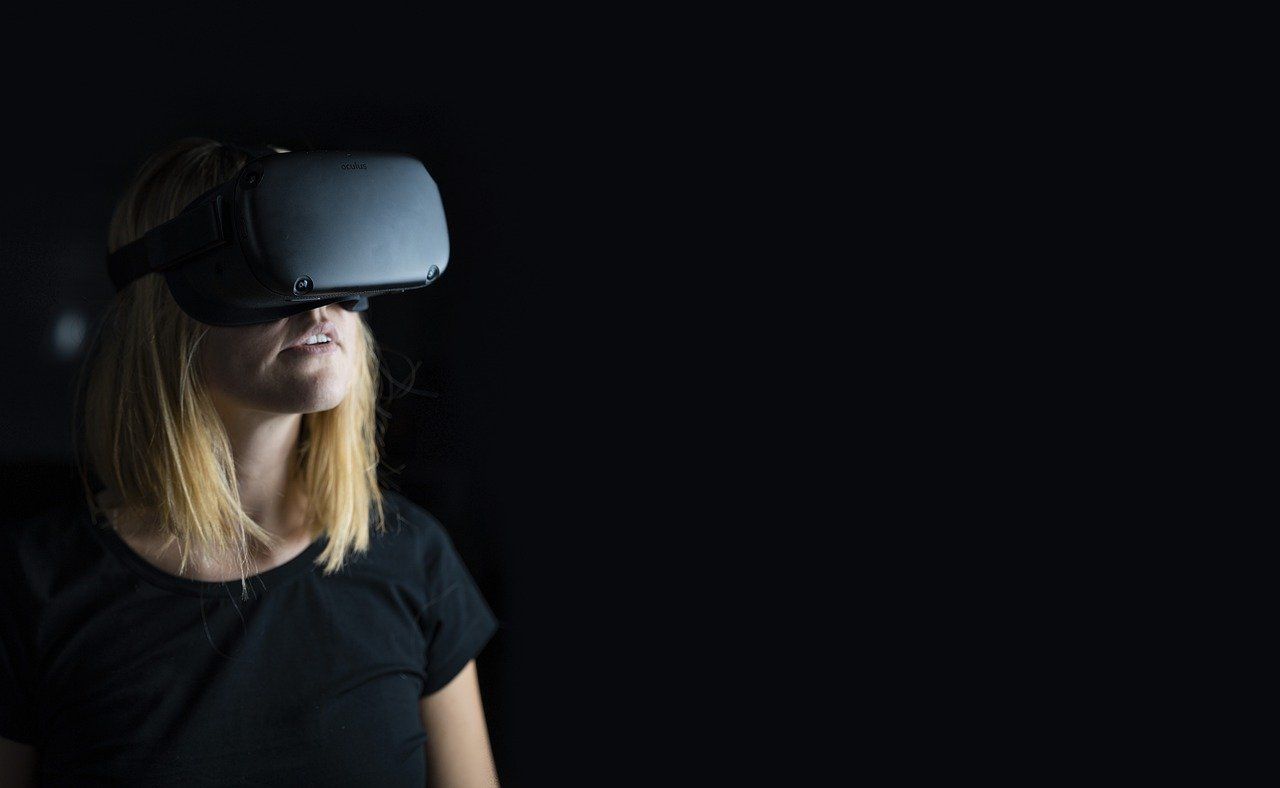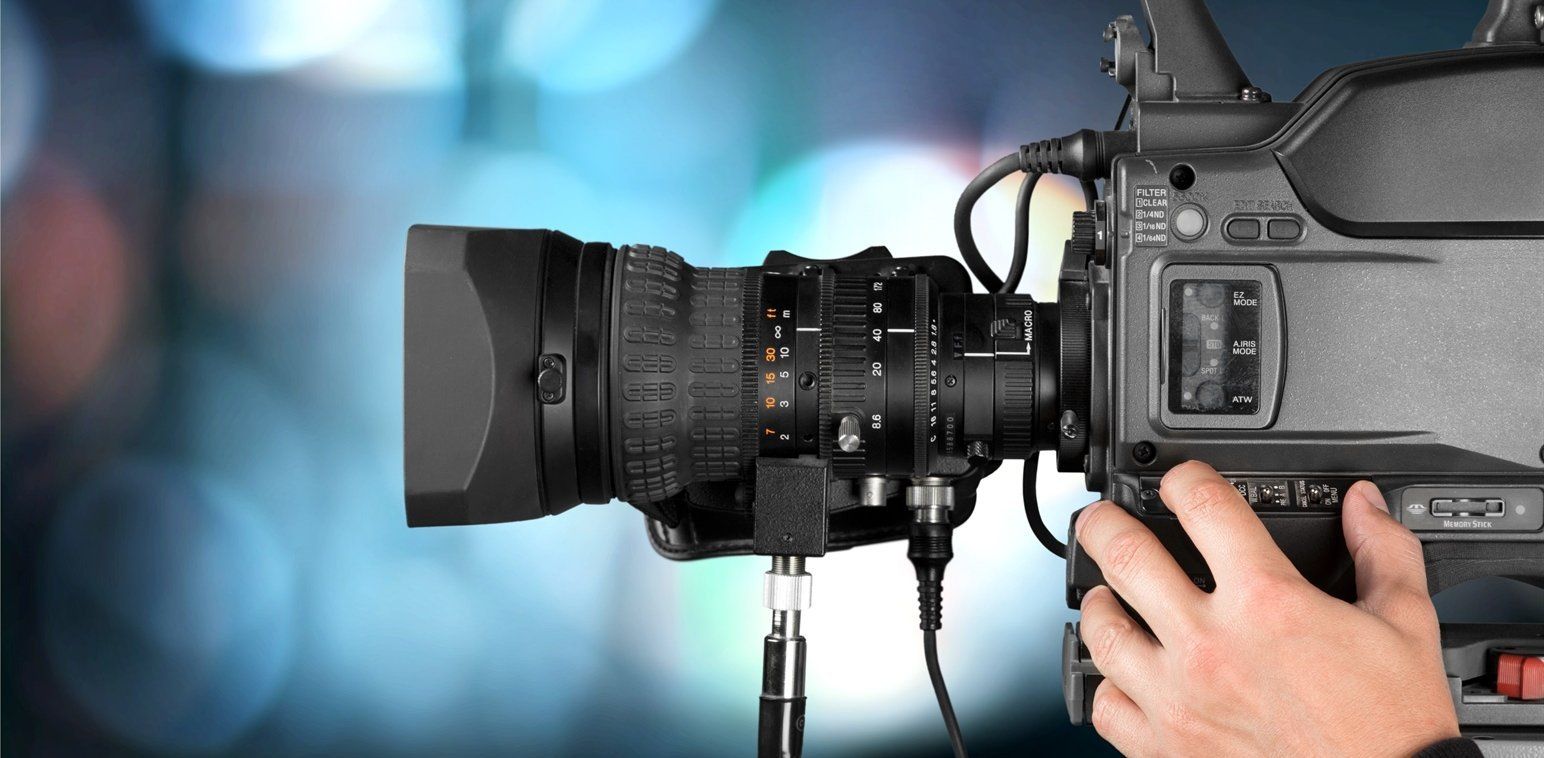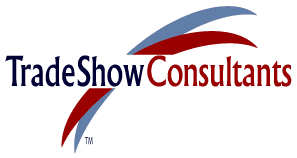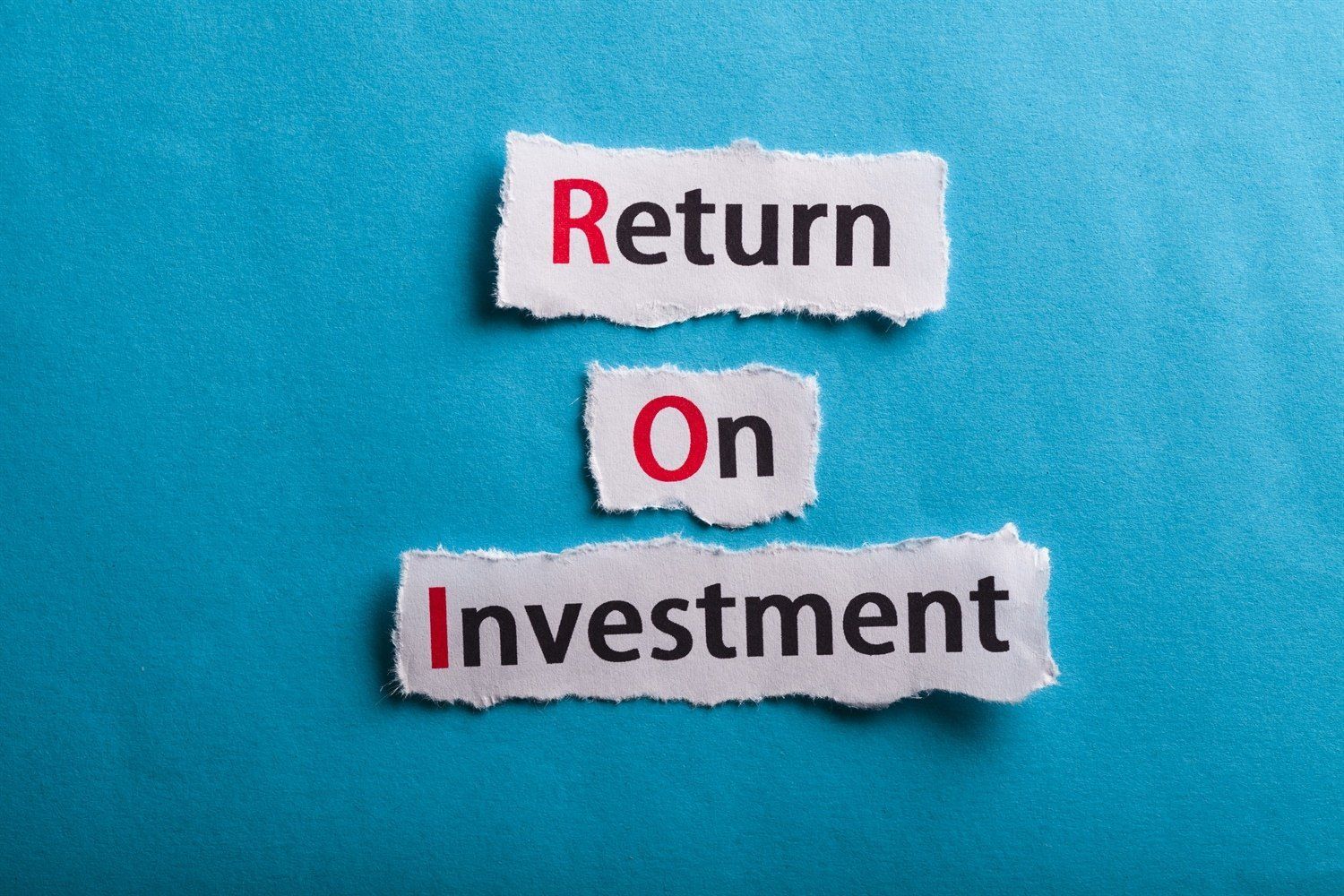Trade Show Exhibiting 101
The Annual Convention with Trade Show
A national or international trade show often represents the assemblance of an entire industry on display under one roof of a convention center. The gathering is most likely an annual meeting or conference where members come to together to share information, learn what’s new and spend time discussing the past, present and future of their industry.
In addition to workshops, white paper presentations and educational seminars, most national and international trade shows also invite its industry’s vendors to rent booth space and create exhibits that present their industry-specific products and services.
To attending members, (attendees), the trade show floor and its exhibitors, represents an opportunity to visit the exhibition hall and see what’s new in the way of products and services that might benefit their everyday practices and business. Those experienced attendees will usually peruse the exhibit program in hand or online before the show to determine which exhibits they will want to visit first before walking the aisles.
In essence, the annual convention with supporting trade show brings together an entire industry where members and vendors share time and space exchanging news, information, products and services all focused on a three-day invigorated learning experience.
Exhibiting at the Annual Convention Trade Show
For those corporations who already service a particular industry and exhibit at their annual meetings, it might be beneficial to review the how’s and whys here with an eye for improvement. For those corporations considering exhibiting at a new trade show, we offer the following exhibiting basics as a general guide to maximize your exhibiting results.
First and foremost, it’s imperative that the products and services an exhibitor offers are relevant to attendees and that they are not at the end of their product life cycle. Research shows that most trade show attendees are interested in seeing and learning about new products on the trade show floor. If an exhibitor is presenting older, out-of-date products, there’s a good chance that a competitor a few booths away will more than adequately expose the issue and use it to more effectively present their newer product as a replacement.
The amount of booth space an exhibitor rents and stages an exhibit in, should be based on how much space is actually needed to adequately present, demonstrate and discuss the products and services with interested and targeted attendees. Consider the interaction between visiting prospects and both staffers as modified sales call on the exhibit floor.
The most effective exhibit, is one that clearly and quickly communicates the essence of what is being presented. It should be supported with images and graphics that, from the aisle, are easily read and understood by attendees. The more effective these non-verbal graphical communications are, the better the exhibit will function in allowing attendees to identify themselves as interested prospects.
Keeping in mind that only a fraction of a show’s total attendance might possibly become targeted prospects and customers, the exhibit should help screen those interested from those not at all interested, leaving space and creating more of a business meeting environment where quality discussions can occur.
For these reasons, staging any kind of “borrowed interest” activities will not deliver the quality sales leads needed to justify the cost of exhibiting. Even worse, the task of identifying quality sales leads and following up after the show will be arduous and generally unfruitful. After all, one wouldn’t consider bringing a wheel of fortune, card tricks, or game of chance to a one-on-one sales presentation and therefor shouldn’t think employing such activities at a trade show exhibit would be any more effective.
The trade show exhibit floor is not a circus or carnival. It is a serious business meeting environment where successful exhibitors effectively use it to present and demonstrate the value of their brand, people and business culture.
The Exhibit Presentation
The exhibit should be designed around the purpose intended to present and demonstrate products and services to those attendees who have an understanding of what’s being presented and have elected to enter or approach the exhibit and the staff selected to work the booth.
From this point, one can assume that the exhibit’s non-verbal communications (headline copy, graphics, photographs, signage, etc.) as seen from the aisle have inspired the prospect to want to learn more and approaches the exhibit to engage with someone clearly identified as a company representative to ask questions and learn more.
Booth Staff Function
The exhibitor’s booth staff must be well trained, attentive and easily identified to professionally represent the company, its products and services. A good first impression is critical in beginning the process of providing a targeted prospect with quality information while conducting flexible pre-scripted presentations. This important exchange should be viewed and appreciated as nothing less than a business meeting on the trade show floor, where commitments are made and delivered within weeks of the show closing. In many cases, new business and supporting current business can be positively facilitated by making and keeping promises made at a trade show.
Those less organized exhibitors will often fail at taking notes, coordinating and managing trade show leads, solving problems and effectively following up after the show by delivering what might have been promised on the show floor. All of which begs the question; Why exhibit at trade shows if you are incapable of servicing those attendees who visited your exhibit and sought more information in a timely manner after the show?
Managing Sales Leads
Establishing interview guidelines for those on booth duty, will result in effectively managing information gathered between prospects and booth staff. Assuming developing quality sales leads and shortening the selling process are primary exhibiting goals, the function of developing, sharing and managing trade show sales leads becomes one of the most important aspects of justifying the cost and complexity of trade show exhibiting.
Seamless Continuity
In search of trade show exhibiting excellence means your exhibit effectively communicated and welcomed prospects, your overall exhibit presentation provides a professional and comfortable environment, the booth staff performs efficiently in interviewing prospects, and all pertinent information gathered is recorded, documented, distributed and acted upon within a week of the close of show.
Additionally, all sales leads generated by the booth staff need to be integrated into an effective CRM (Customer Relationship Management) program, documenting what the prospects needed and being continually managed to avoid anything from falling through the cracks and disappointing anyone.
Your trade show exhibiting management, in addition to working the booth during the show, should report at the conclusion of the show in a post-show briefing memo what worked, what didn’t and what might need be done to improve the next shows.
Conclusion
Exhibiting at appropriate trade shows remains one of the most effective means of generating quality face to face sales leads within the marketing mix. It takes focus, imagination, discipline and common sense to maximize the effectiveness of trade show exhibiting. However, once excellence is attained this unique function can and will deliver unmatched effectiveness with outstanding sales promotional results.
Peter LoCascio
Founder












